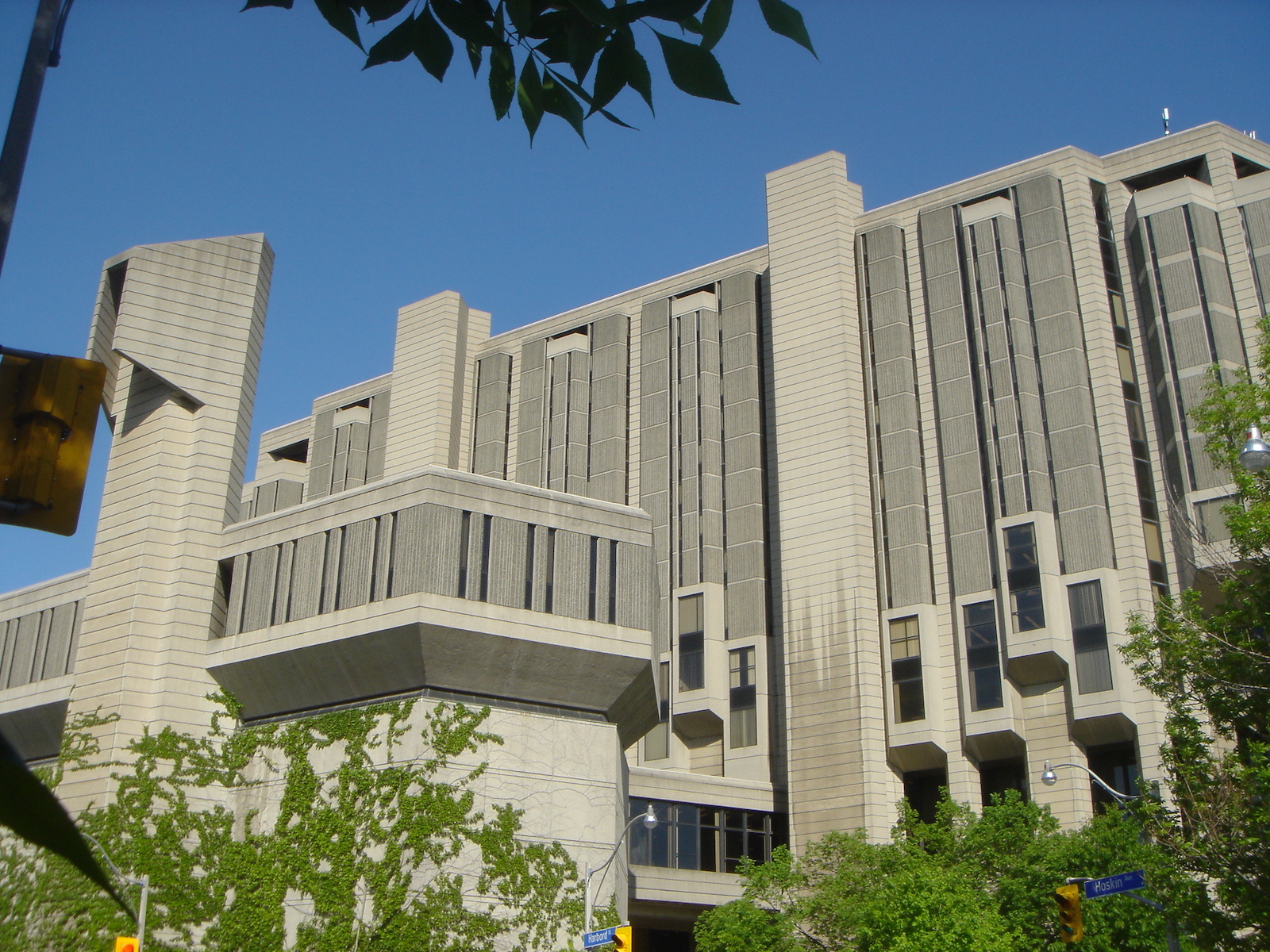I showed up too late to catch more than the tail end of the minicomputer era. I'd like to learn more about the computers that predated the 8-bit micros I fondly remember.
There is plenty of information on the technology of machines like the VAX, PDPs, 360 etc. Quite a bit also on how they were built. ('The Mythical Man-Month' and 'The Soul of a New Machine' are generally recognized as classics. A lesser-known favorite of mine: 'The Supermen'.) But not so much on how they were used, particularly at the 'coal face' level, so to speak.
This post was inspired by a comment on https://news.ycombinator.com/item?id=45818471
"... at the time I was working on an IBM 360, mostly doing Fortran for scientists running anemometer simulations. The center for this activity was the person in charge of the 360 who could dole out time on the computer.
The power dynamic was something I did not really notice, but in retrospect this was frustrating for the mathematicians/scientist trying to run simulations. They had to queue up and wait.
Then one day a mathematician brought in an Apple II running VisiCalc. His own personal computer. He ran his simulations on that."
One thing I found fascinating here: looking at the clock speeds of 1970s computers, by today's standards, you would expect 'the computer is too slow' to be a big limiting factor. But in the above account, it wasn't. The actual workload was such that an Apple II running VisiCalc was good enough to get the job done. The limiting factors were the actual availability of the 360 (presumably there genuinely was not enough machine time to go around), and the overhead of dealing with the politics of gaining access to it.
What were people's experiences with minicomputers and mainframes? What did they enable, that was more difficult or impossible than before? What were the actual bottlenecks and limiting factors? I'm interested in both direct firsthand accounts, and links to published material in any format.
.png)



